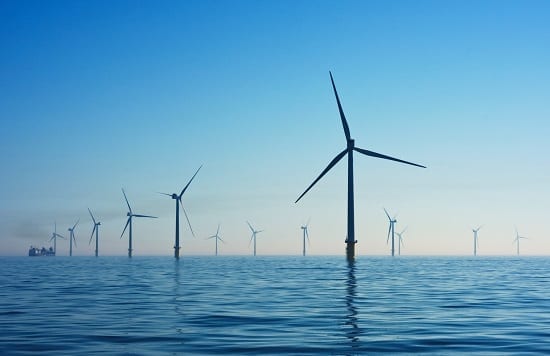Fukushima, Japan has been making plans to rebuild and transform into a hub of renewable energy.
The prefecture of Japan has announced plans to build 11 solar power plants and 10 wind power plants. It is estimated that these new plants will be able to produce nearly two-thirds as much as the Fukushima power plant generated. The power produced will be sent to Toyko to help power the metropolitan area.
These plants will be built on land that was devastated by the 2011 earthquake in Fukushima that resulted in a nuclear power plant disaster. Much of this land is now too radioactive and toxic to be lived on or farmed. It will be repurposed as homes to solar power and wind power plants. Plans indicate that these plants will be built in the next five years.
A 80-km grid will also be built as part of this renewable energy transformation. The grid will connect Fukushima to the Toykyo Electric Power transmission towers.
It is expected that these new plants will cost $2.7 billion, or 300 billion yen to build. Both the Development Bank of Japan and Mizuho Bank have agreed to be lenders for this project. Additionally the government of Fukushima will use $275 million in subsidies to support the project.
Japan generated 17% of its energy from renewable sources in 2018. The country’s carbon reduction goals include generating 22% of energy from renewable resources by 2030. A study in 2017 reported that 54% of Fukushima residents support renewable energy reliance.
How else could the industry of renewable energy provide transformation for regions devastated by natural disasters? What other countries have announced grand scale plans for new renewable energy infrastructure this year?

Peter Schulte
Purpose Coach
Bellingham WA, USA / Lummi & Nooksack lands
Purpose statement: I reveal a world of beauty and goodness
Good News Newsletter
The latest laws, policies, science, and technology leading the way toward a brighter future